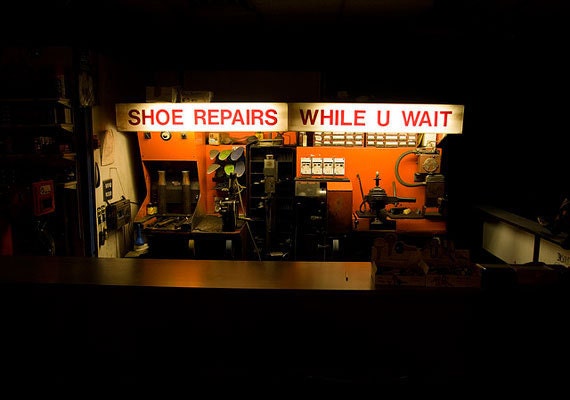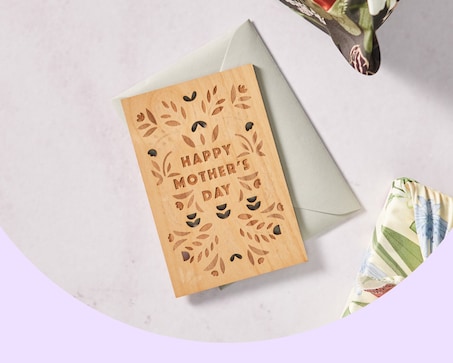Today it's chair caning, and tomorrow it's sheep shearing — how can we tell when a practice is truly in danger of going extinct?

Professor and blogger Michael Leddy points out something interesting: within the past few months, there's been at least five different stories about the dying art of shoe repair, each centered around different shoe repairmen who feel their profession is dwindling. More than just a bizarre, heightened interest in cobbling, Leddy's observation shows the media's love for stories about an art's waning days. Today, practically anything can be a dying art; apparently, stick-shift driving and noodle making are going the way of the dinosaurs. Within just the last month, the different articles have put butchering, jazz, calligraphy, barbering, navajo sheep shearing, gem polishing, fruit and vegetable carving, sausage making, Ukrainian egg art, chair caning, car chasing, organ playing, grammar, letter writing, agriculture, memorization, and courtroom sketching on the death watch, too. It's difficult to know the truth behind these morbid pronouncements. How can we tell if an art is truly dying or if we are just caught up in our own nostalgia-skewed perceptions? When the modern realities of today get us down, we have a bad habit of mythologizing the past. In an article for NPR, jazz musician Keith Ellenberger notes our tendency to forget the bad and only remember the good: "Beethoven had money problems, Mozart died broke… [and there were] incredibly talented and influential jazz musicians of the last 75 years who needed benefit concerts to pay for medical care and funeral expenses as they entered middle and old age." Some crafts undoubtedly suffer as times and tastes change. But there's no reason to assume that the art of today will never be as good as what came before. In his own profession, Ellenberger points out that because of improvements in digital music distribution, there have never been so many new and rich jazz recordings available, created by extremely talented, promising musicians. The challenge for today's artist and craftsman is to figure out how to adapt his or her skill to the modern-day needs of a highly digital society. Publications will continue to eulogize various dying artforms, because they give writers a chance to make sensational assertions about society. Today, the art of conversation is dying. But according to The New York Times, the funeral began in 1961. With so many eulogies, it's hard to keep up.



